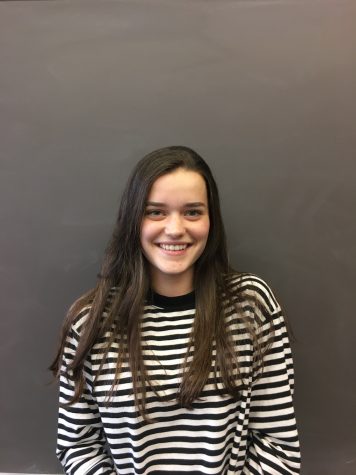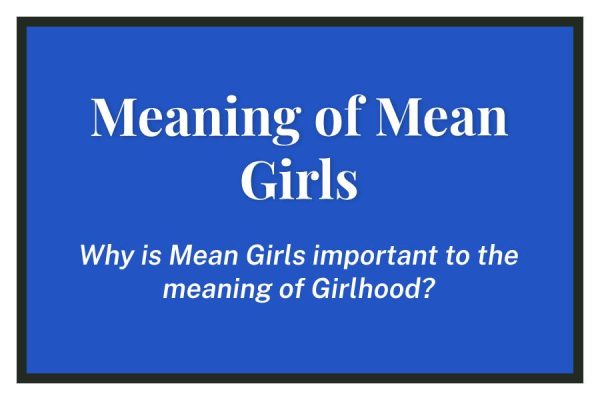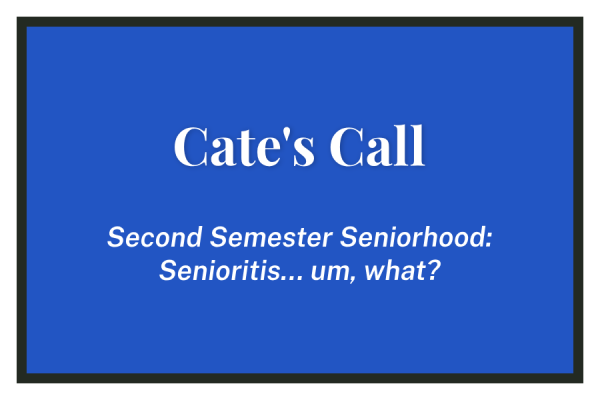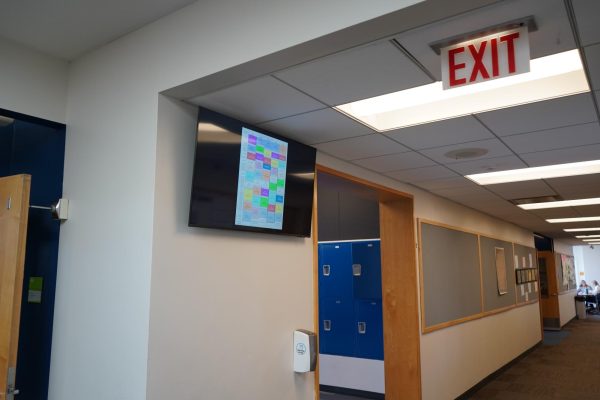“The Math Lady”
Dr. Cheng Impacts Parker More Than We Realize
Throughout the month of March, Parker was visited for the second year in a row by internationally renowned mathematician Dr. Eugenia Cheng. Her peg was “Math is Everywhere,” a mantra I appreciate fully, as a math fanatic and future math major. In a series of three MXs dubbed “March Mathness,” Cheng explored the meaning of infinity, explained iterations using cake, cut Mobius strips out of bagels, and more—all to demonstrate the power of math in everyday life.
These presentations of course entertained and even excited the very math-inclined students in the auditorium just as they had last year, and a number of those who dislike math again fell into a drowsy distraction during each 40 minute period.
Despite achieving the “real world connection” that students so often demand of mathematical material, these math demonstrations were inevitably not loved by a portion of the Upper School. Not at all to the discredit of Cheng, there remains a significant number of high school students who are displeased, at best, by the thought of spending an extra 120 minutes of a month thinking about math.
So when my six-person math class was asked to lead the fourth and final MX in the series, we immediately fell into discussion over how to capture the excitement of the entire audience. We were aware that the math lovers or haters in the Upper School could not be swayed, but there was a much larger group of students in the grades below, we figured, who hadn’t yet cemented their opinions of math.
For me, this was the first time that I had considered a math MX’s impact on the Middle and Intermediate School students in the audience. 3rd through 8th grade is the period within which I saw my classmates decide whether or not math was for them. From being a timid 8 year old math student, I grew into someone whose favorite class was always math.
It was also a time, though, when our classes began to be divided more often by ability, and I started to actively notice that more often than not, most of the people I worked with were boys. Four years later, when I sat planning an MX in a class filled with all boys except myself, next door to a BC Calculus class of 14 with only 4 female students, I was again forced to think about what the Parker community has done to support female math students.
Cheng thinks about it too. “Women are still under-represented in math,” she said on Twitter in early March. “I think will help if everyone sees math from women from an early age.”
3rd grade students, the youngest members of Cheng’s “March Mathness” audience, are already past the point at which children begin to express the stereotype that math is for boys, according to a study conducted by the University of Washington. Yet strong contradiction of that fermenting stereotype at any point is inarguably helpful, particularly to those Middle and Intermediate School students who have not yet cemented their own inclination or disinclination for math.
As a young Lower School girl who liked math but took years to gain full confidence in my abilities, I would have been thrilled to listen to a woman who was internationally renowned for her work in math.
For as long as Cheng visits Parker, I hope that her remarkable work will show our young students the reality that a female mathematician can absolutely be one of the best in her field. Mostly, though, I hope that Cheng’s presence will help remind the Parker community to support its young women and girls in their mathematical hopes and pursuits long past Cheng’s last presentation in this building.












